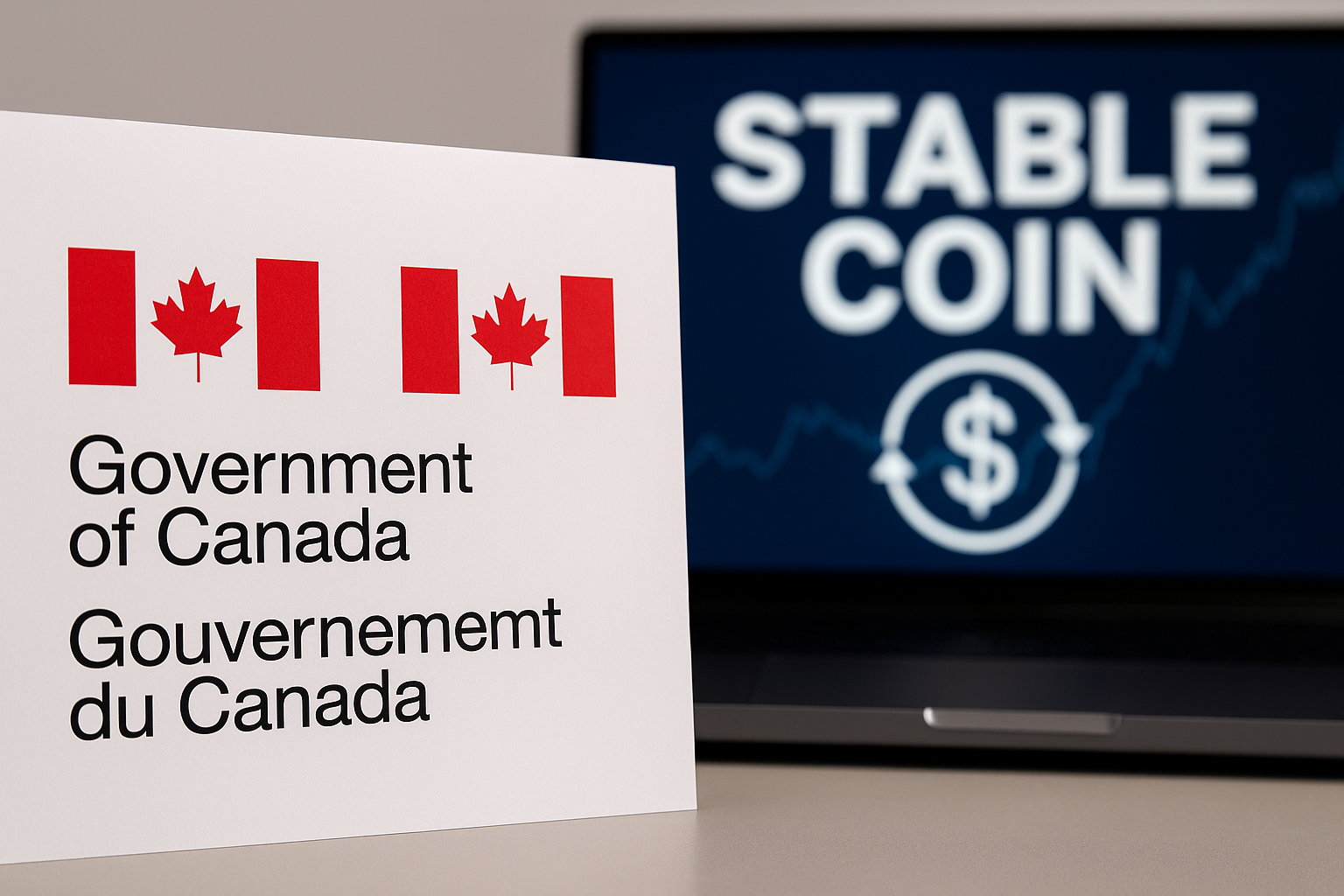Key Points:
-
Canada’s Budget 2025 confirms plans to introduce Canadian-dollar-backed stablecoin regulation, aligning with the global trend following the U.S. GENIUS Act.
-
The Bank of Canada will oversee stablecoin issuers, ensuring 1:1 reserves, redemption rights, and consumer data protection.
-
Crypto advocates in Canada, including the Web3 Council and Tetra Digital Group, welcomed the move as a step toward innovation and competitiveness in payments.
The Canadian government has committed to developing a comprehensive regulatory framework for fiat-backed stablecoins, joining a growing list of nations moving to formalize oversight of digital payment instruments.
Announced as part of Budget 2025 on Tuesday, the new initiative will regulate Canadian-dollar-pegged stablecoins, focusing on reserve transparency, redemption policies, and risk management standards. The framework is expected to bring clarity to a sector long operating in a gray zone — and signals that Canada is following the United States’ lead after Washington passed the Guiding and Establishing National Innovation for U.S. Stablecoins (GENIUS) Act earlier this year.
Bank of Canada to Take the Lead
According to the budget document, the Bank of Canada will play a central role in supervising and administering the new regulatory framework. The forthcoming legislation will require issuers to maintain fully backed 1:1 reserves, implement stringent risk management, and adopt robust data privacy protections for consumers.
“This legislation will require issuers to maintain and manage adequate asset reserves, establish redemption policies, implement risk management frameworks, and protect the sensitive and personal information of Canadians,” the government said in the budget statement.
The framework will also involve amendments to the Retail Payment Activities Act, Canada’s existing payments oversight law, to integrate stablecoins as part of the country’s regulated financial infrastructure.
Crypto Industry Welcomes the Move
The announcement drew positive reactions from Canada’s crypto and fintech sectors, which have long called for clear guidance on how stablecoins should be classified and regulated.
The Canadian Web3 Council, an industry advocacy group, said it was “encouraged by the government’s commitment to enable innovators to issue stablecoins,” arguing that such regulation will foster competition and reduce transaction costs for both consumers and businesses.
Didier Lavallée, CEO of Tetra Digital Group, Canada’s first fully regulated digital asset custodian, praised the initiative as a long-overdue modernization effort.
“Canada has fallen behind the global standard for this innovative technology, and this is an excellent step forward,” Lavallée said. “It sends a strong signal that stablecoins need to be regulated as payment instruments, not securities.”
This distinction — between stablecoins as means of payment rather than speculative assets — mirrors the approach taken by the U.S. GENIUS Act, which legitimized stablecoins as part of the payment system rather than under investment securities law.
Bridging the Innovation Gap
Observers say the Canadian government’s move reflects a growing recognition that stablecoins can play a key role in modernizing the country’s payments infrastructure, enabling cheaper cross-border transactions, faster settlements, and greater inclusion in the financial system.
“Canada has an opportunity to leapfrog outdated systems by integrating regulated stablecoins into the broader financial ecosystem,” said Eric Richmond, general counsel of crypto platform Shakepay, in a LinkedIn post. “Now the focus turns to implementation: ensuring the framework stays open, proportional, and accessible, so fintechs can help build the next generation of trusted payment rails for Canadians.”
Industry experts also note that stablecoins could help Canadian businesses reduce dependence on U.S. dollar liquidity, enabling them to transact directly in a digitally native Canadian-dollar ecosystem — a goal aligned with the Bank of Canada’s mandate to modernize the nation’s payment systems.
A Step Closer to a Regulated Digital Dollar
The timing of the announcement is strategic. With the U.S. already implementing its stablecoin law in 2027 and the European Union’s MiCA framework now live, Canada risked falling behind in regulating digital assets that underpin a growing share of global financial flows.
The government’s decision to act now — and to place the Bank of Canada at the helm — underscores its intent to strike a balance between innovation and financial stability.
While the details of the legislation remain forthcoming, stakeholders across Canada’s fintech landscape agree that this marks a watershed moment for the country’s approach to blockchain-based finance.
As Lavallée put it: “If done right, this could make Canada a leader in trusted digital payments and bring the dollar into the 21st century.”













https://shorturl.fm/mfQdI
https://shorturl.fm/nOmXf
https://shorturl.fm/KNqGP